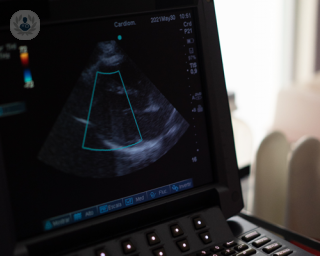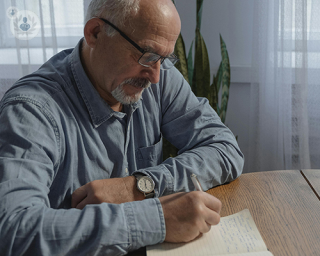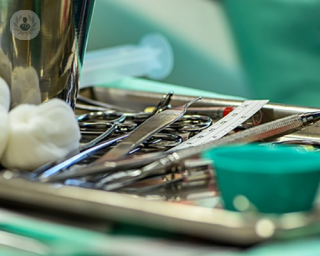
Written by Top Doctors
Radiology
Endometriosis: the importance of early diagnosis
Endometriosis is a common yet often misunderstood condition that affects millions of women worldwide, particularly those in their reproductive years. We speak to a leading consultant clinical radiologist, who address some common questions around endometriosis to help guide those who may be affected.













